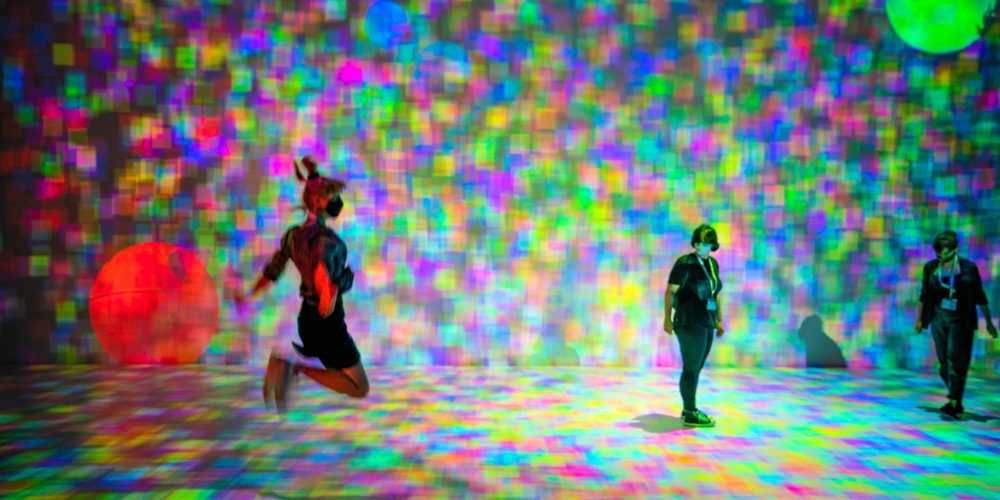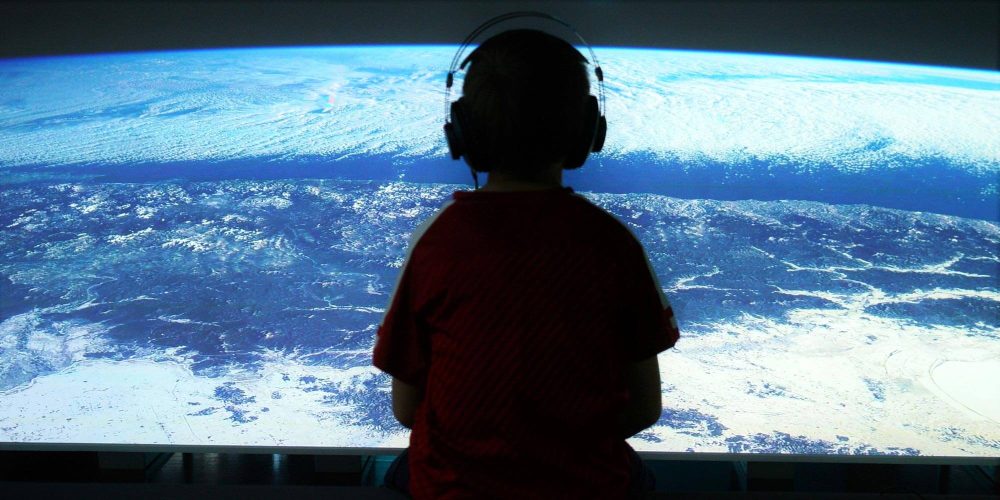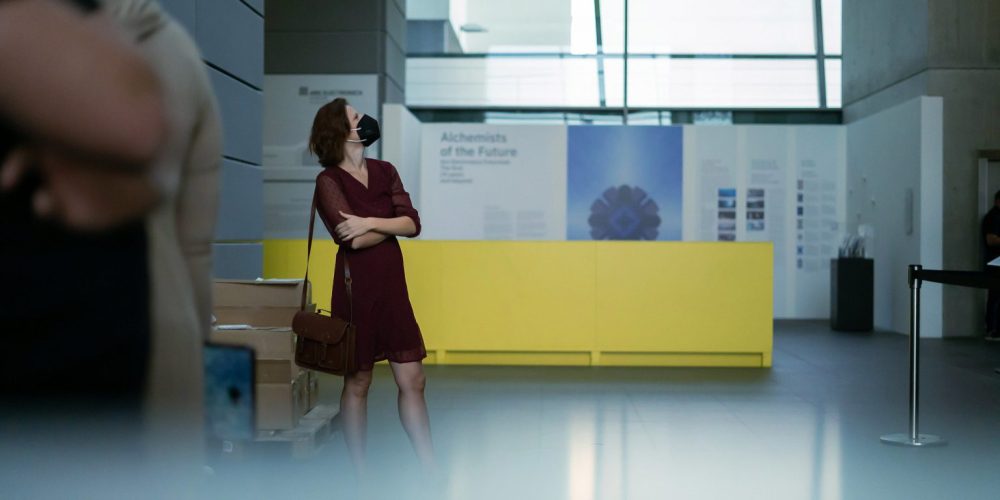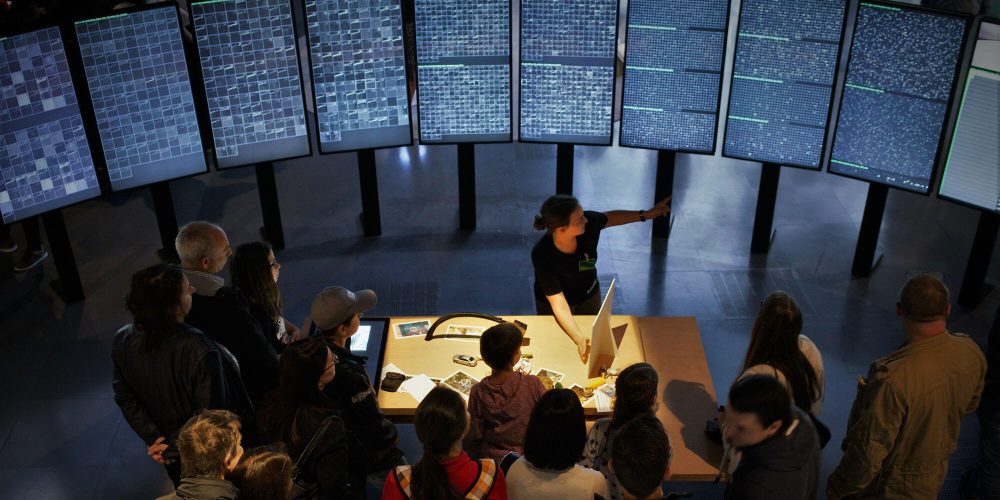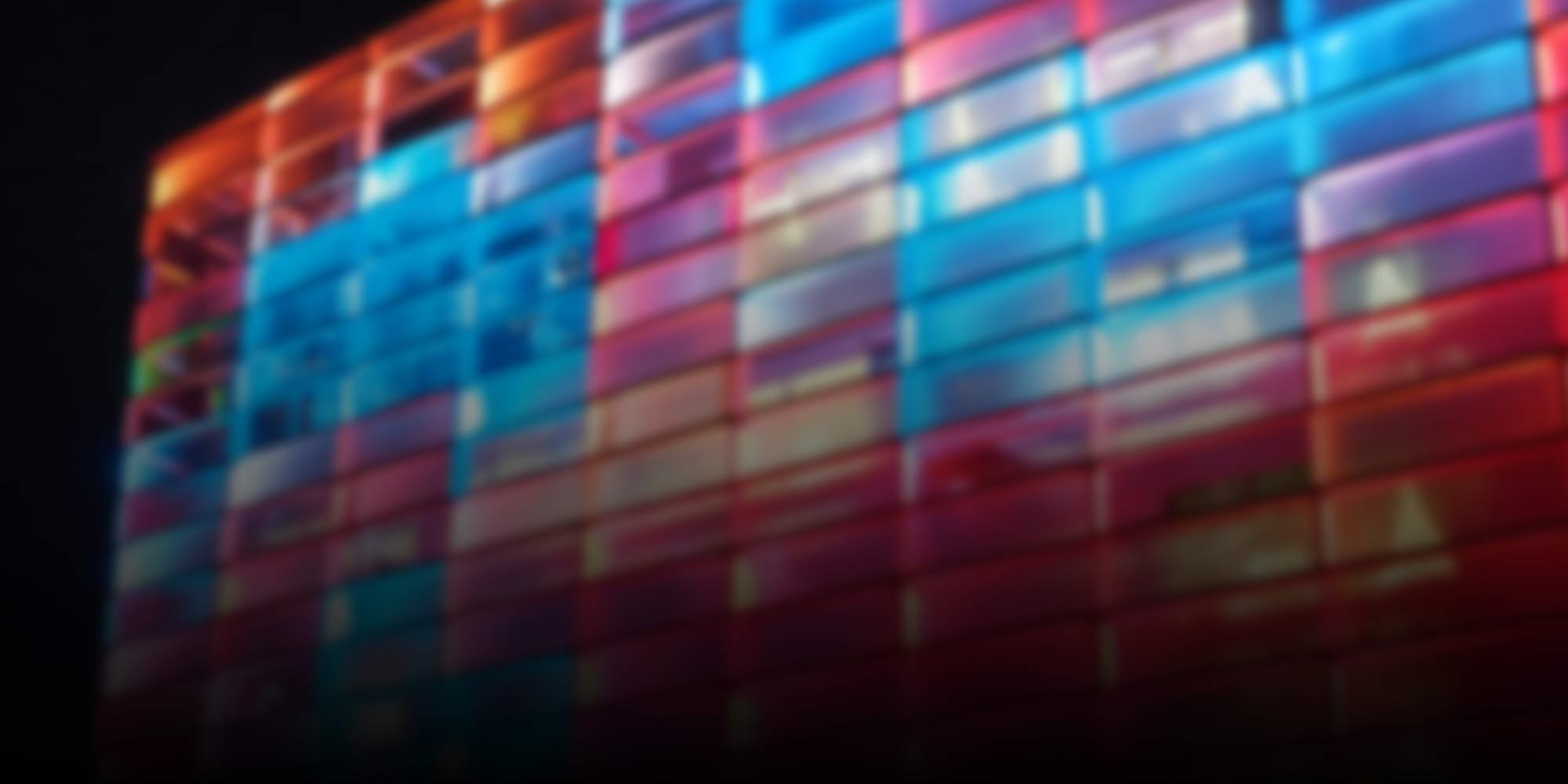
Technology
-
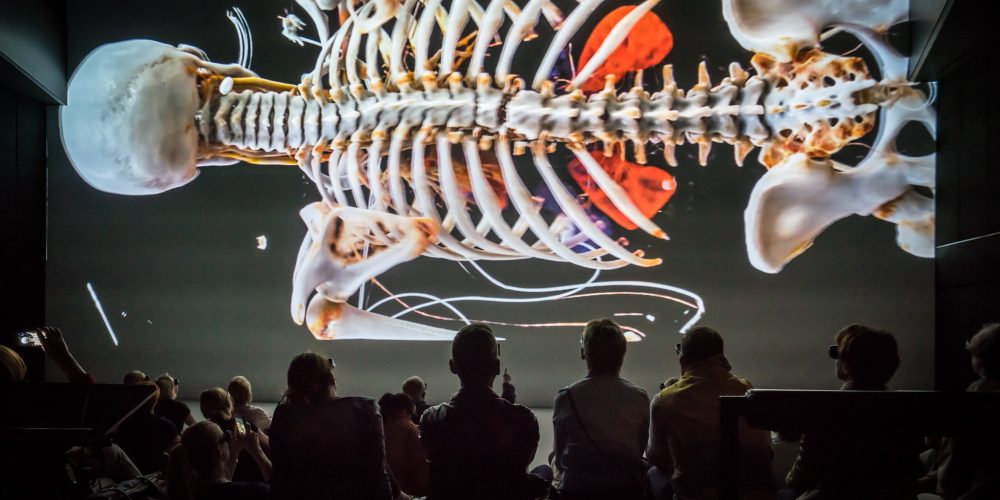
Deep Space EVOLUTION: Virtual Anatomy
A fascinating journey through the human body turns anatomy data into an immersive 3D experience in Ars Electronica Center.
-
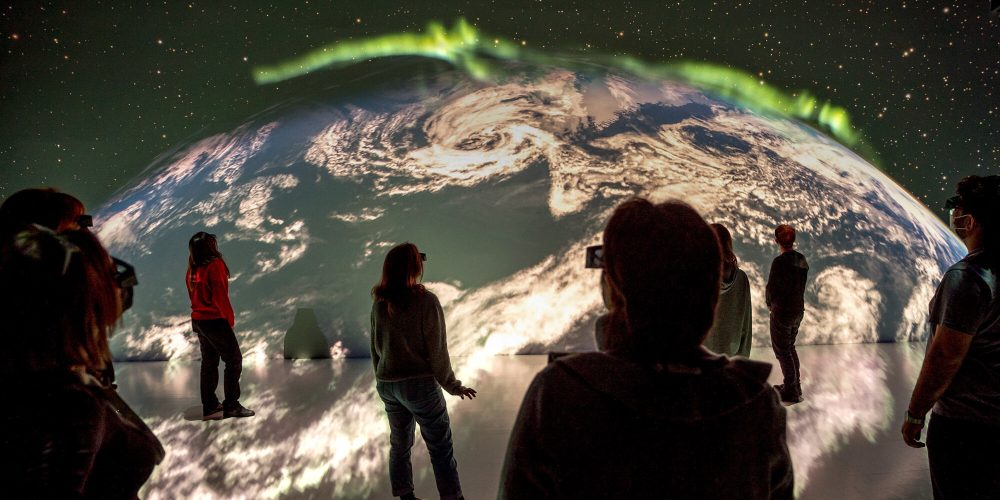
Where Stories Come to Life: Storytelling in Deep Space 8K
Once in a lifetime, travel through space and see the earth from above. Seeing the human body from the inside for once and being present during a heart operation. Or once having the opportunity to look at Klimt’s “The Kiss” as close as if you were part of the painting.
-
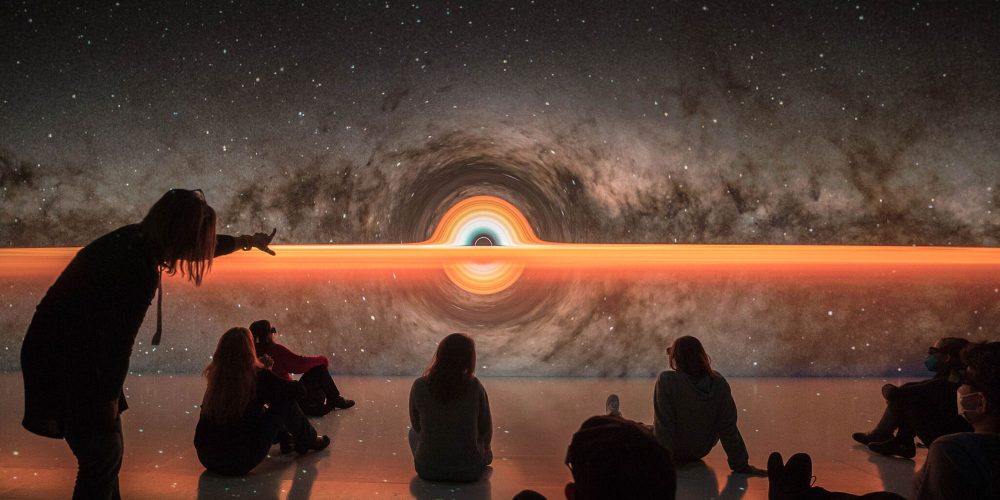
Deep Space EVOLUTION: Uniview 3.0
Explore the space with the new version of “Uniview”, the amazing virtual planetarium program of Ars Electronica Center’s Deep Space 8K.
-
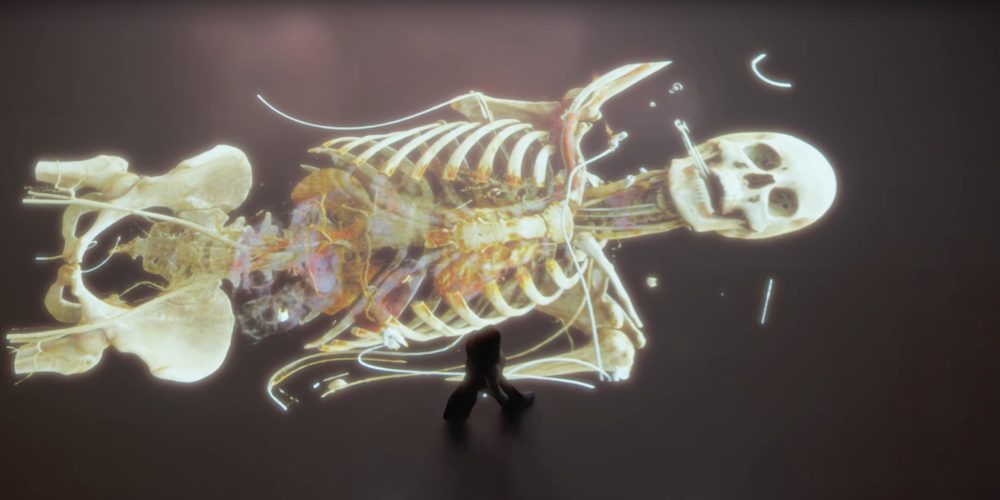
Deep Space EVOLUTION: Virtual Anatomy
With “Virtual Anatomy” in Deep Space EVOLUTION you can now experience the fascination of the human body even more impressively!
-
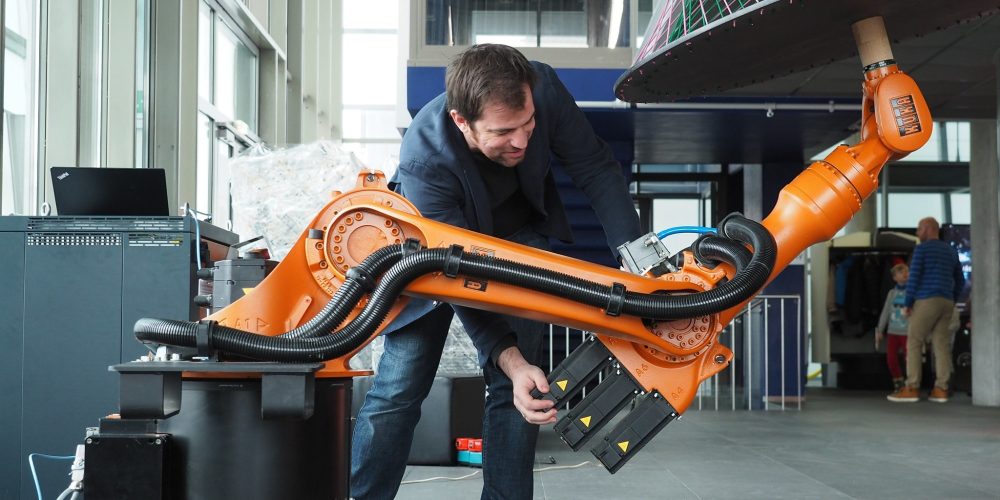
Throwback: Creative Robotics
The exhibition “Creative Robotics” traced how industrial robots, outside their original use, became a medium of artistic and creative expression and a catalyst for the implementation of innovative ideas.
-
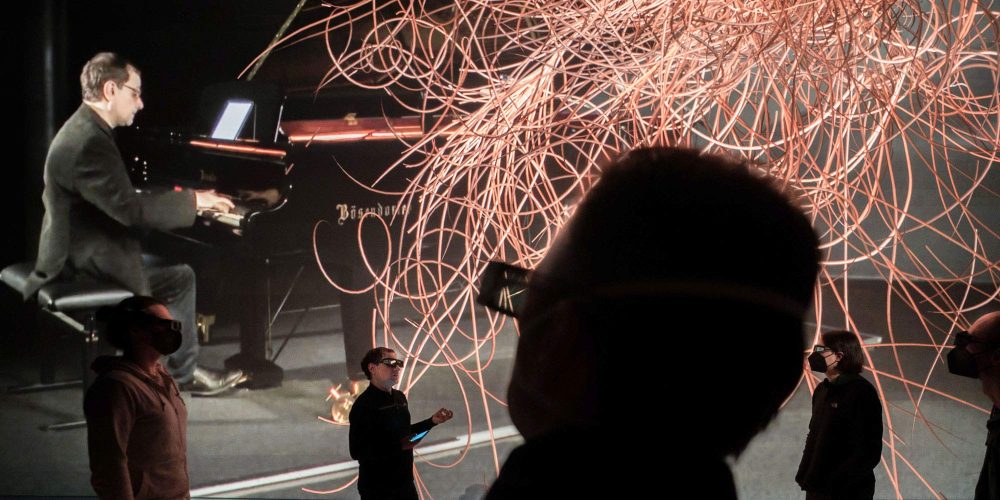
Deep Space EVOLUTION: Sounding Letters
With a virtual piano concert in 3D, the new program in Deep Space 8K shows how humans and AI make music together.
-
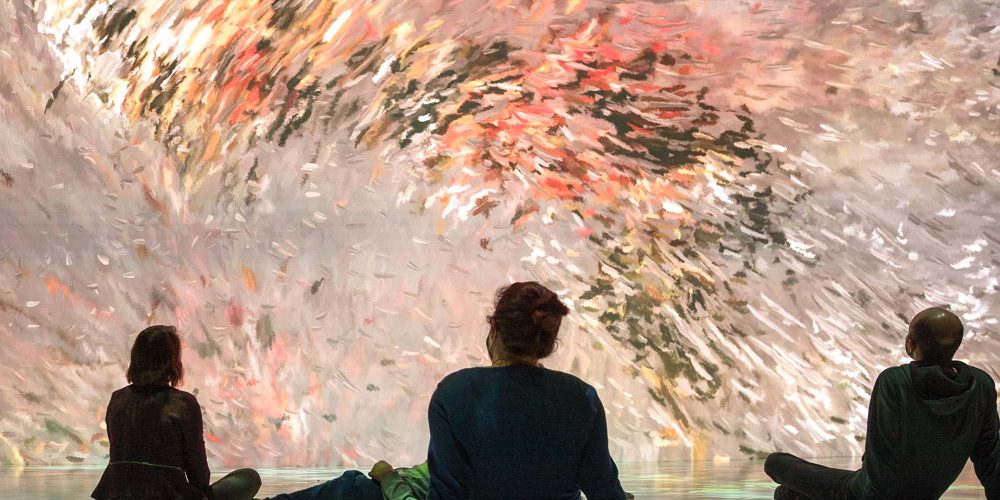
Deep Space EVOLUTION: Transient
Impermanent Paintings in Deep Space 8K: Immerse yourself in audiovisual paintings created in collaboration with generative algorithms.
-
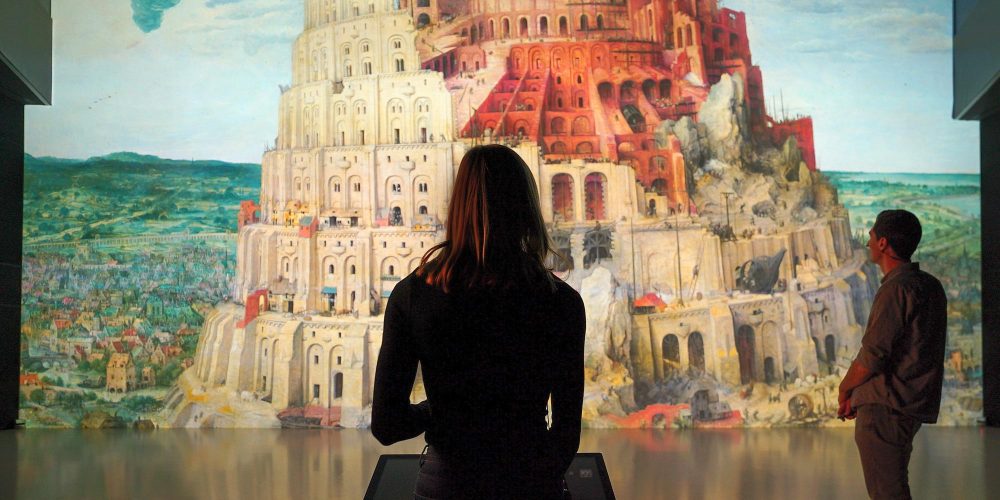
Cultural Heritage: Broadening the Horizon Virtually
Works of art, buildings, paintings – all these are pieces of the Europa puzzle that can be put together collectively in one place in the Ars Electronica Center’s Deep Space 8K.
-
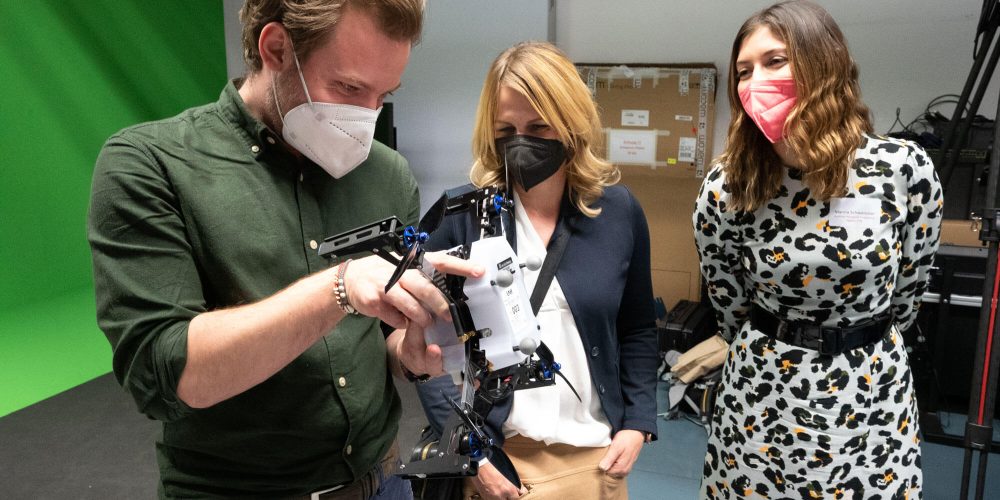
Swarm robotics up close
Drones merging to a digital canvas or painting with light: An Ars Electronica Futurelab workshop showcased the art of swarm robotics.
-
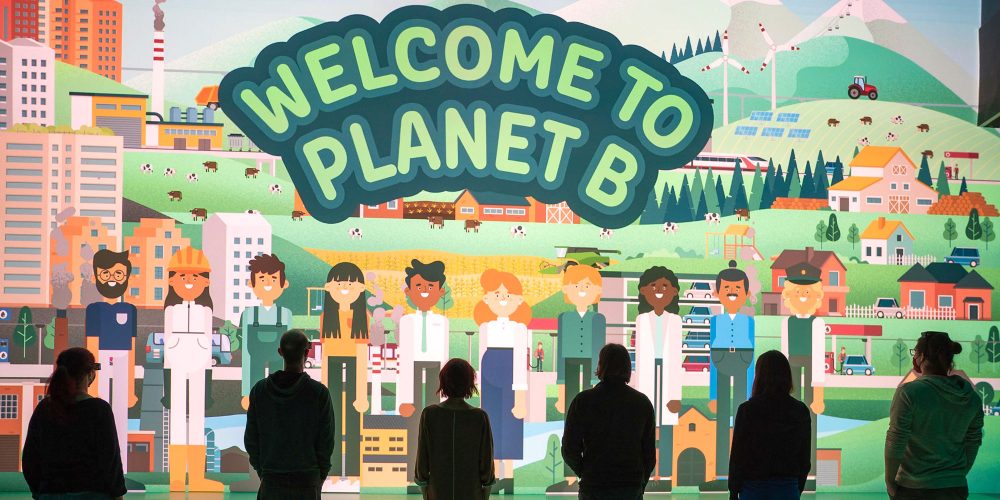
Deep Space EVOLUTION: Welcome to Planet B
What lifestyle changes are you willing to make to reduce your greenhouse gas emissions? Challenge your choices!
-

Throwback: Innocence
Innocence was a 2013 work by the Ars Electronica Futurelab dedicated to Linz’s childhood memories of the Passage shopping center.
-
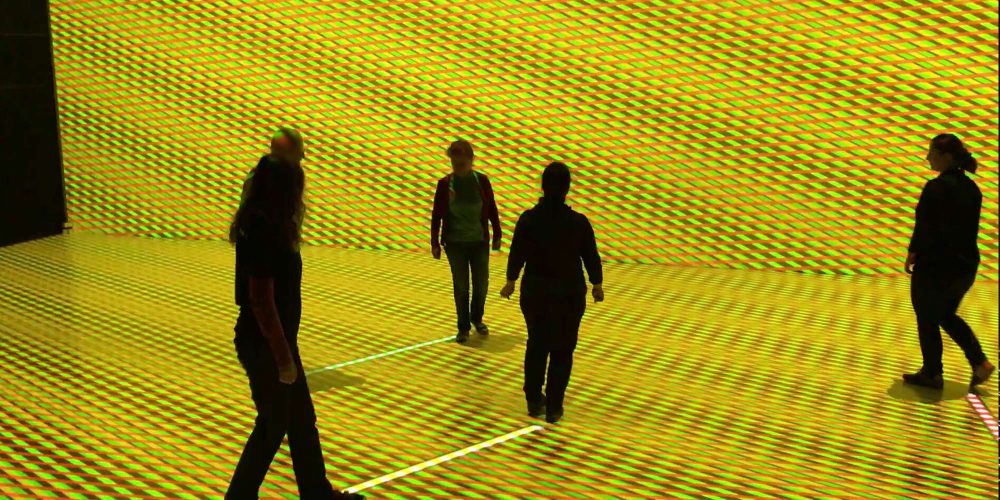
Crushed fruit and jumping dogs: TIME OUT .10
Two years late, TIME OUT is entering its next round. Students from the Linz Art University’s “Time-Based and Interactive Media Arts” program are showing selected works at the Ars Electronica Center.
-
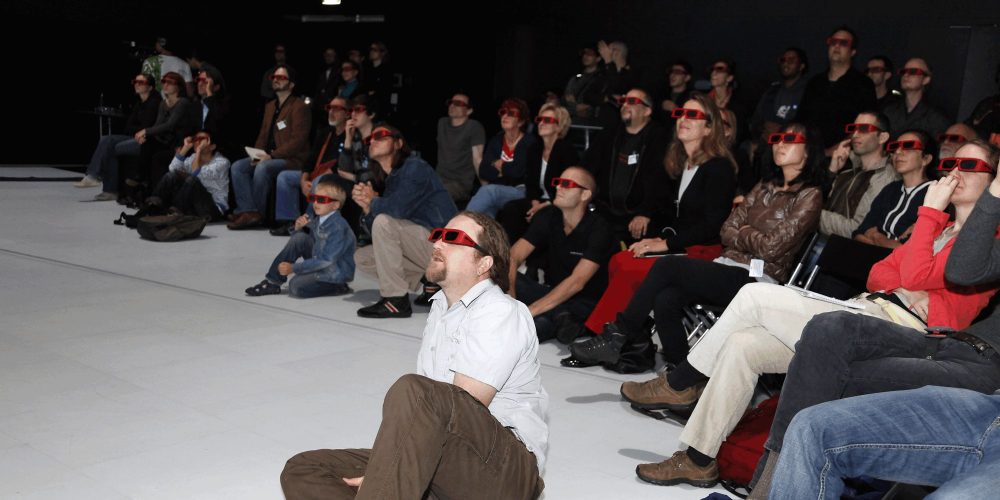
Throwback: The birth of the Deep Space
Deep Space EVOLUTION marks the start of Ars Electronica’s next chapter when it comes to immersive visual worlds. But how did the story of the giant projection room in the Ars Electronica Center begin?
-
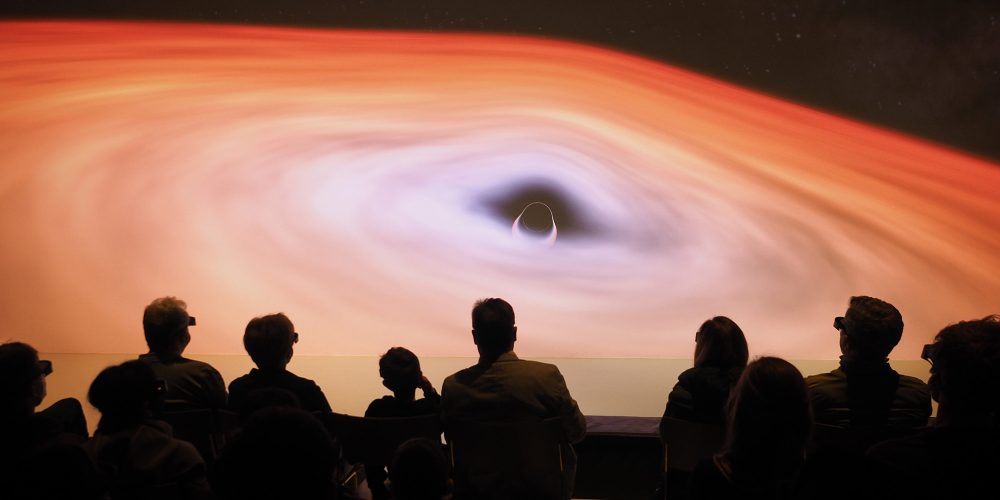
The Deep Space EVOLUTION has started
On March 30, 2022, Deep Space EVOLUTION celebrated its premiere at the Ars Electronica Center. We have a few impressions for you.
-
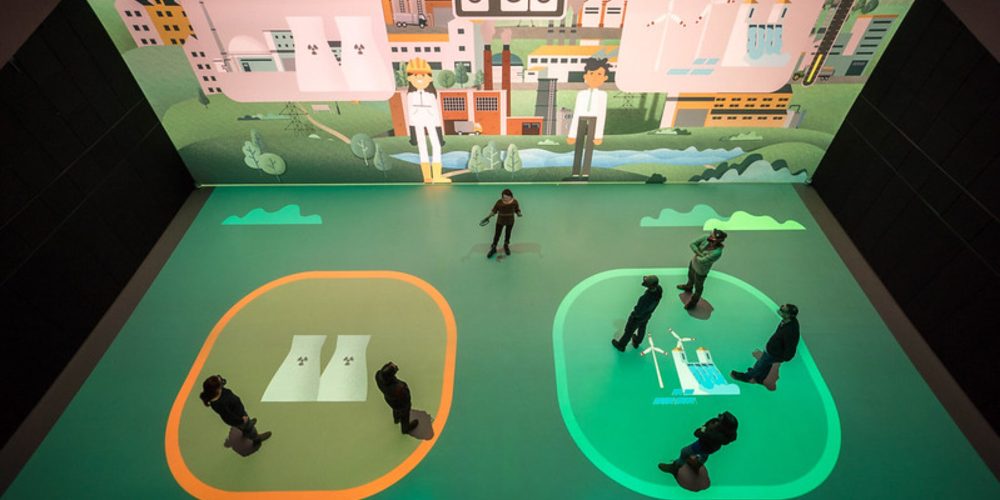
That’s what the new Deep Space EVOLUTION program looks like
New laser projectors, the most powerful graphics cards, a 3D tracking system and a whole range of new interactive programs and spectacular applications. This is Deep Space EVOLUTION.
-
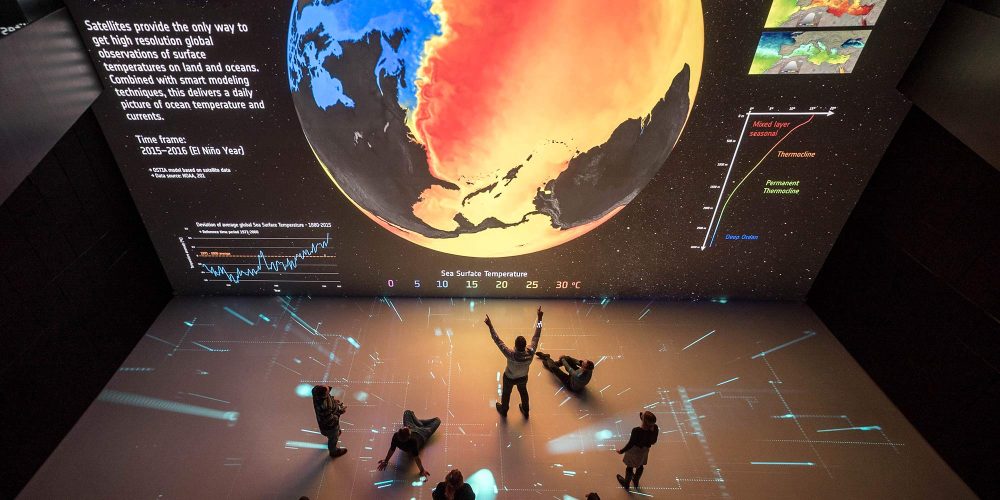
Deep Space EVOLUTION: From the Cave into the Deep Space
With the CAVE, the Ars Electronica Futurelab laid the foundation for this experiential environment in the 1990s. “Deep Space EVOLUTION” is Ars Electronica’s next chapter when it comes to immersive visual worlds.
-
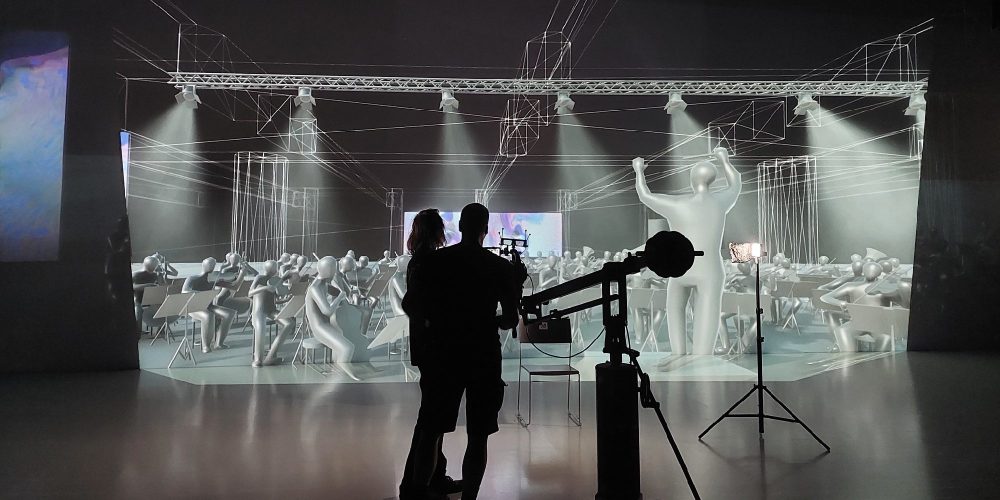
How to dive into hybrid reality
“Action!” The Ars Electronica Futurelab’s team shares its insights on the new video production system Deep Virtual.
-

Virtual Reality beyond Deep Space 8K
Camera rolling! Ars Electronica Futurelab’s Deep Virtual video production system merges physical and virtual reality to live-stream VR from Deep Space 8K.
-
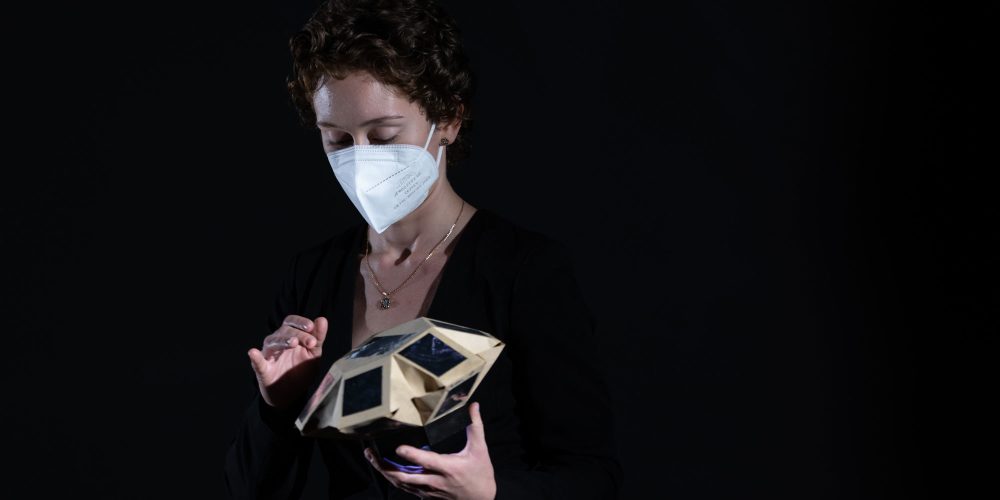
Origami, robotics and a new world of music
How do origami and robotics create music? The Ars Electronica Futurelab’s new video presents the world of oribotic instruments.
-
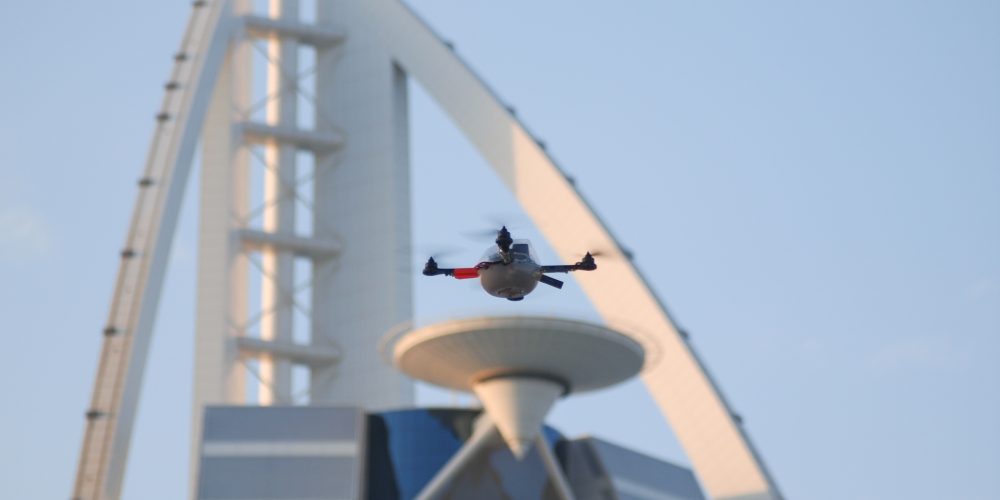
Throwback: Spaxels
Spaxels are autonomous drones that can be moved freely in space to form dynamic, three-dimensional figures in the night sky.
-
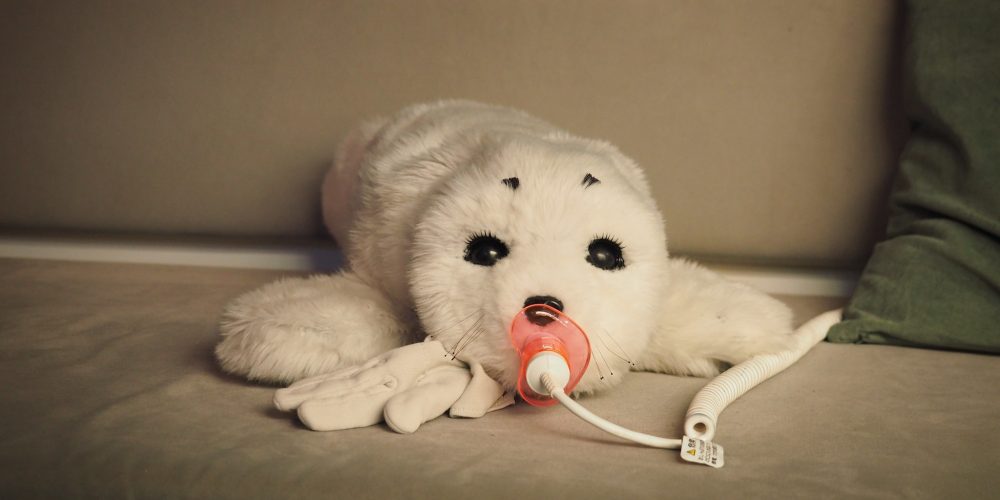
Throwback: Paro the robot seal
Paro, an assistant robot with the appearance of a seal, was a visitor magnet at the Ars Electronica Center for years.
-

25 years of Futurelab – “What a journey!”
Exhibition, workshops, performances and the question of the future: This is how the Ars Electronica Futurelab celebrated its anniversary on the “Futurelab Day” 2021.
-
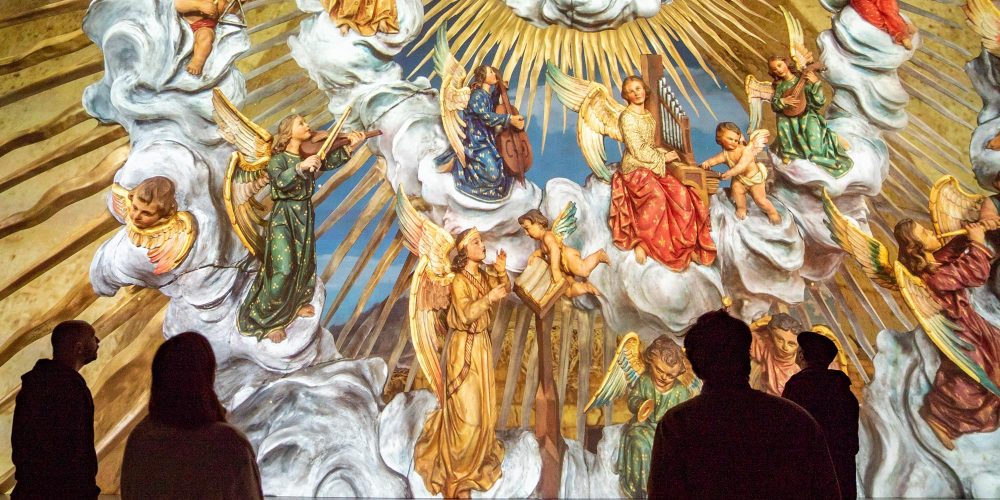
Future Christmas
Whether Christmas hurry or Advent lockdown, we have a suitable program for a contemplative pre-Christmas time: The Virtual Crib from St. Mary’s Cathedral in Linz.
-
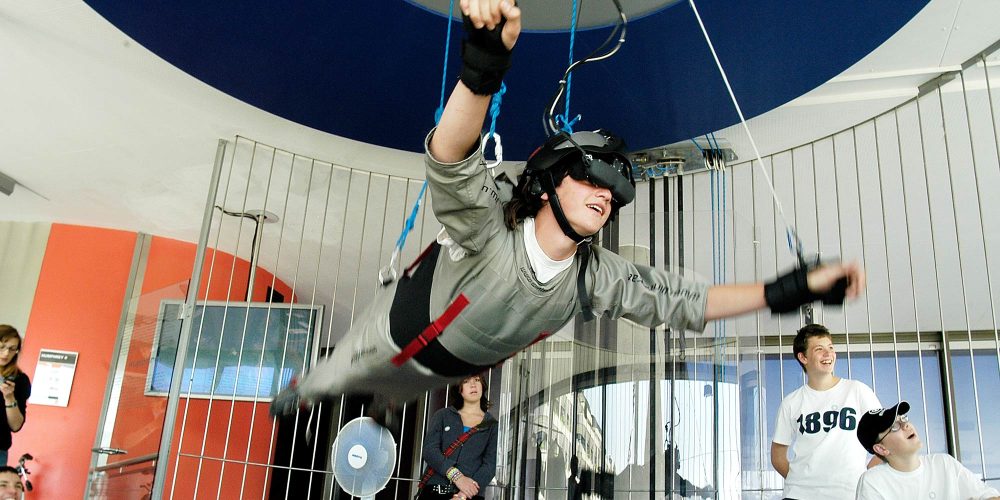
Throwback: Humphrey the flight simulator
Howering just a few meters above the lobby of the Ars Electronica Center, an installation called Humphrey promised a very special kind of experience which was connceted to a deeply human desire.
